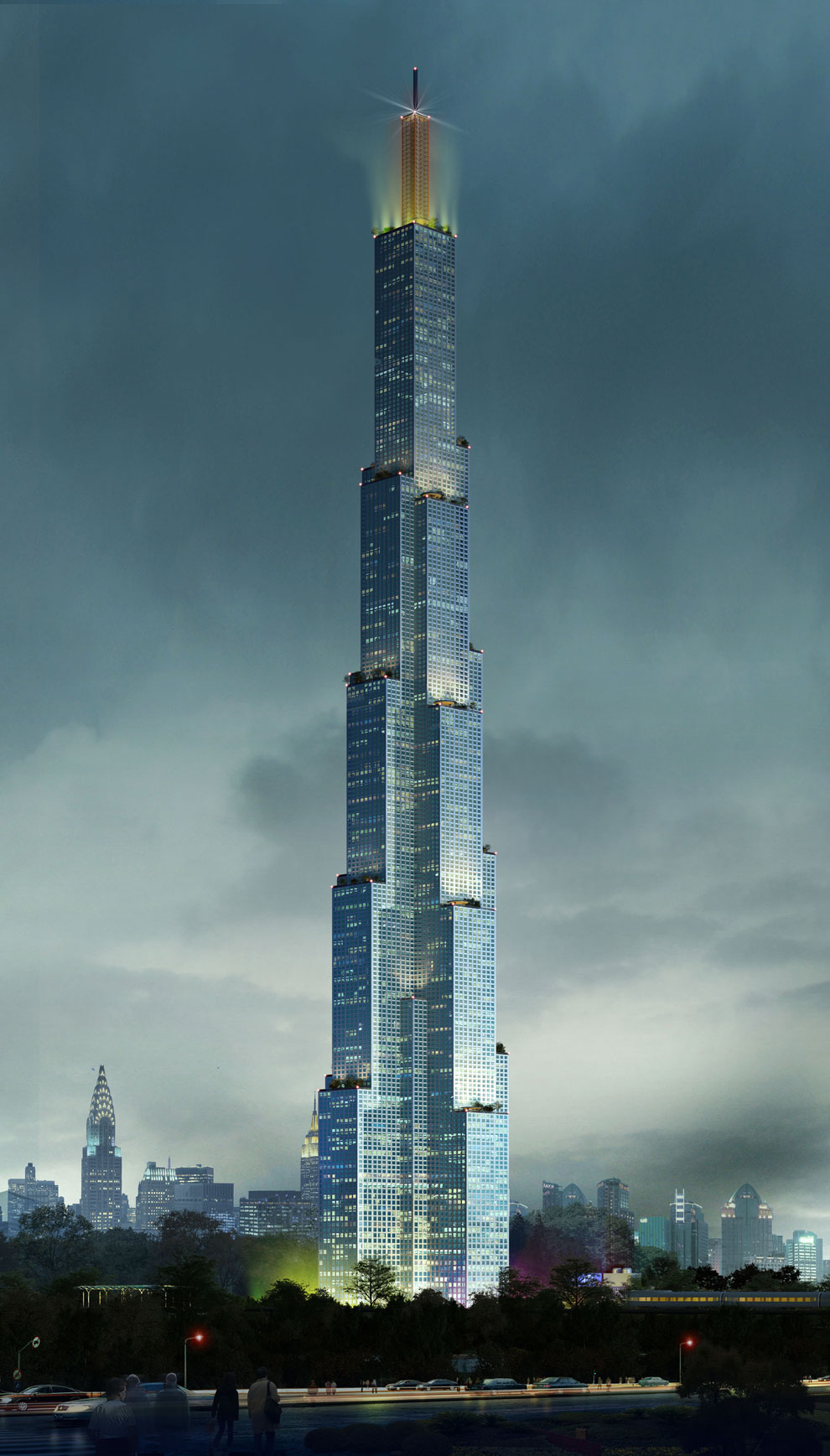

Tall buildings also have better circulation and fresh air.Tall buildings also receive more natural light hence a lot of electricity costs that would otherwise be used to light the building is saved.They are economical since they help save on the cost of land that would otherwise be used in the construction of a short building of the same area.They save a lot of space by accommodating more people per unit compared to short buildings.Tall buildings have several benefits which include: The below video takes a deeper look into this, and discusses the technological, structural and construction advancements that were developed through time to enable the the current tallest building in the world to be built, The Burj Khalifa. The construction of tall buildings in open areas is also ill-advised since there will be no wind resistance from other tall structures. In some locations, the geological structure of the area may prove unsuitable for the construction of tall structures. LocationĪnother factor which influences the height of tall buildings is the location. Weather elements such as the horizontal force of wind, which increases with increase in altitude, causes very tall buildings to sway, and sometimes the occupants of the building feel the swaying. Weather plays a very crucial role in influencing the height of skyscrapers. These techniques include the use of tube frames instead of conventional steel frames during construction. In recent times, there has been the development of new construction techniques which have revolutionized the skyscraper construction industry. Technological advancement has led to the development of new techniques and equipment which are used in the construction industry, making construction of taller buildings much easier. TechnologyĪdvancement in technology has greatly influenced the explosive growth of the skyscraper industry, especially in the last 20 years. The restrictions can be due to enhance air travel safety, the protection of historic skylines and to maintain the views of natural features such as mountains. There are several reasons for these restrictions. Several countries have laws that restrict the maximum height of structures. The first skyscraper was constructed in Chicago and was completed in 1885.įactors influencing the height of tall buildings Restrictions/limitations.

A high-rise building which is very tall is known as a skyscraper.Tall buildings, also known as high-rise buildings were able to be constructed after the invention of the elevator.These factors include the proportion of a building’s base to its height, and the height of the building in relation to the height of other buildings in the same area. A building is defined as tall differently in different scenarios and jurisdictions.įurthermore, there are several factors to be considered when labeling a building as tall. There is no absolute definition of a tall building. Tall buildings which achieve significant heights are further classified into two subgroups: a “supertall” building, which is a tall building that is either 300m or taller, and a “megatall” building, which is a tall building that is either 600m or taller. The definition of a tall building is not absolute since for a building to be considered to be tall, there are several factors to be considered, such as the proportion of a building’s base to its height, and the height of the building in relation to the height of other buildings in the same area. With the world’s population rapidly increasing, the construction of tall buildings has become a necessity in order to achieve high-density development.


 0 kommentar(er)
0 kommentar(er)
